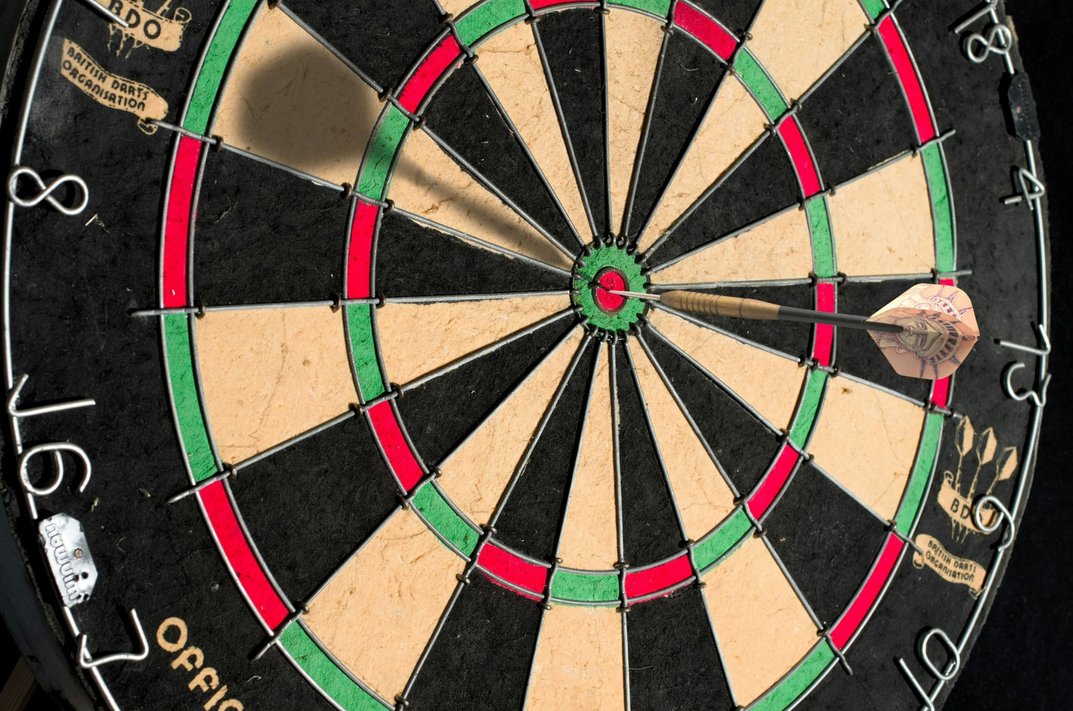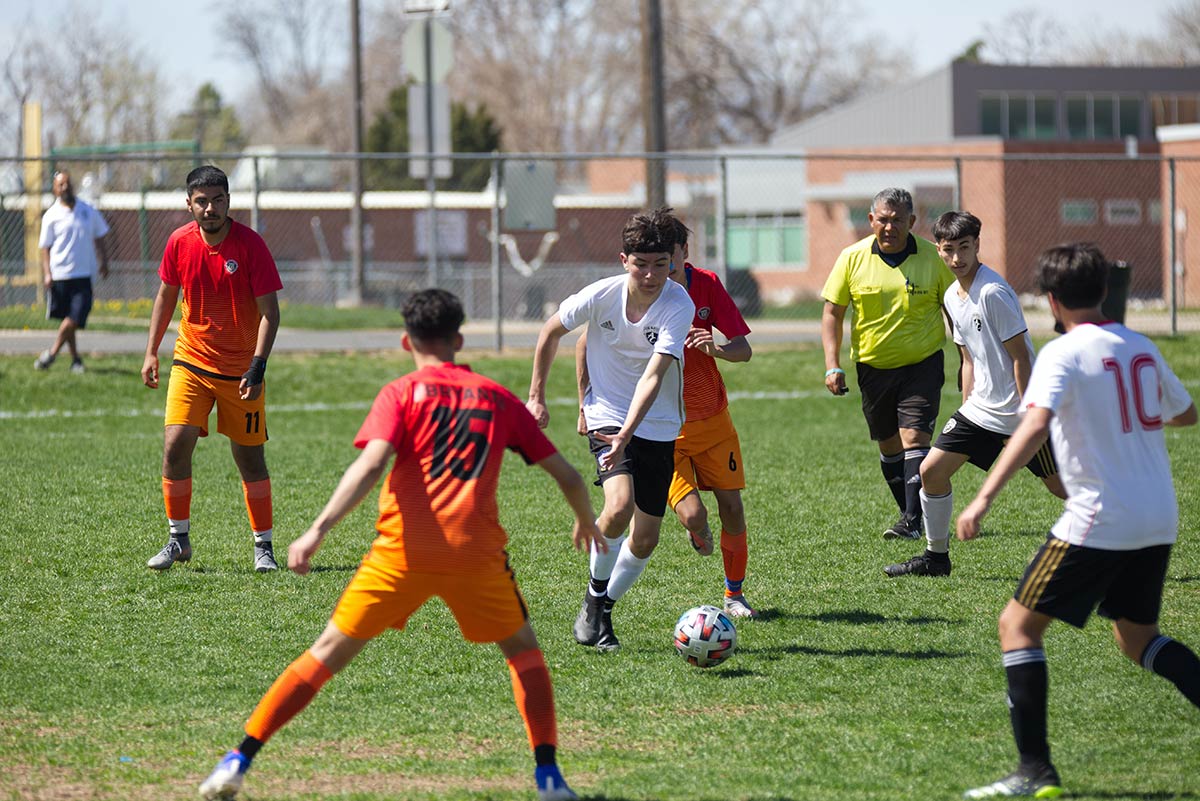Organising a dart tournament is a fantastic idea to bring together both enthusiasts and newcomers in a friendly yet competitive atmosphere. This type of tournament is also an ideal option for promoting local associations or simply sharing a moment around this exciting sport.
Whether in a pub, a community hall, or a club, this event can be tailored to different audiences and group sizes. Careful organisation and anticipating needs will help ensure the success of your tournament and the satisfaction of all participants.
A well-organised dart tournament guarantees a memorable experience for everyone. Here are the key steps to ensure flawless organisation.
Summary
1. Define the goals and format of the tournament
Before you begin, clarify the goals of your tournament. Do you wish to organise a friendly event for amateur players or a more formal competition for experienced participants? This choice will directly influence the tournament format and the level of preparation required.
Depending on your goals, choose one of the following formats:
- Knockout stages, perfect for a fast-paced and intense tournament where every match counts
- Group stages followed by knockout rounds, ideal for ensuring each participant plays multiple matches
- Individual or team competitions, depending on the nature, number of participants, and desired atmosphere
These decisions will guide all other aspects of your organisation and ensure that all participants take part in a unique experience.
2. Choose the venue and date
The venue plays a crucial role in the success of your event. A good venue choice can also provide options for selling drinks and snacks, especially if you opt for a pub or café, which are perfect for a dart tournament. Here are a few suggestions:
- Local pubs or bars, often already equipped with dartboards and great for a relaxed atmosphere
- Community halls, ideal for more formal events or large audiences
- Outdoor spaces, provided you plan for shelter in case of rain or wind
As for the date, aim for a weekend or an evening to maximise participation. Communicate the date as early as possible to allow everyone to plan accordingly and invite players from your region or even from around the world.
3. Prepare a detailed budget
A well-thought-out budget is key to stress-free organisation. Start by drawing up a complete list of expected expenses, including:
- Venue hire, with any additional costs such as electricity, cleaning, etc.
- Required equipment, such as dartboards, darts, and scoreboards
- Rewards and trophies, ranging from simple medals to prestigious prizes like high-quality dartboards
Allow for contingencies, such as equipment repairs or additional logistical needs. If your budget is tight, consider seeking local sponsors or partnerships with associations to reduce costs while providing visibility for your event.
4. Set the game rules and points system
Clear and detailed rules are essential for ensuring fair and well-structured competition. Be sure to define:
- The official distance from the player to the dartboard (e.g., 2.37 m for standard darts)
- The type of game chosen (501, 301, cricket, or other variations)
- The points system and qualification criteria for advancing to the next stages
Display these rules clearly in the venue and briefly explain them at the start of the tournament to avoid misunderstandings and ensure smooth proceedings. Good communication of the rules will enhance participants’ confidence and the event’s flow, whether they are beginners or experienced players.
Note: These rules should be communicated when participants register so players can prepare accordingly.
5. Manage participant registrations
A well-organised registration process greatly facilitates tournament management. Here’s how to proceed:
- Offer online registration to allow players to sign up easily, no matter where they are in the region or even around the world. This also centralises the data and simplifies the process for participants
- Provide on-site registration, but limit it to a certain number of spots to avoid surprises
Collect essential information, such as names, contact details, and participant levels. Set a player limit to ensure smooth organisation and avoid long waiting times.
6. Arrange the equipment and space layout
Quality equipment and optimal space organisation are essential for both player and spectator comfort. Since darts is a sport accessible to all, ensure the equipment is suitable for both beginners and experienced players. Organise the space while respecting official distances and creating areas for spectators, waiting players, and referees. A smooth flow of movement in the venue is key to avoiding congestion and ensuring a positive experience for everyone.
7. Organise matches and the schedule

A clear match schedule is essential for avoiding delays and keeping a good pace throughout the day. Use tournament management software or digital tools to create an accurate timetable. Distribute matches according to the chosen format and schedule time slots for each stage.
Communicate the schedule to players before the tournament and plan regular breaks to allow players and spectators to rest or enjoy any stands and entertainment available.
8. Communicate effectively about the tournament

Well-planned communication guarantees good participation and maximum visibility for your event. By highlighting key information, you encourage participants to take part in a tournament that meets the standards of major championships. Here are a few actions to consider:
- Create attractive posters, including all key details (venue, date, registration, etc.)
- Use social media, posting regular reminders and teasers to generate interest
- Partner with local businesses such as pubs or clubs to widen your audience
Ensure all information is up-to-date and easily accessible, whether online or at the tournament venue.
9. Offer attractive rewards
Rewards are a great way to motivate participants and make the tournament memorable. Here are a few ideas:
- Trophies or medals, to reward top performances
- Dart-related accessories, such as customised kits or dart cases
- Vouchers provided by local sponsors
Tailor the rewards to the level of your tournament and the profile of the participants to maximise their satisfaction. Whether for amateurs or enthusiasts dreaming of major championships, well-chosen rewards make all the difference.
10. Ensure smooth logistics and event flow
To guarantee the success of your tournament, logistics must be flawless. Here are a few points to check:
- Welcome participants, with registration checks and distribution of badges or numbers if needed
- Set up the equipment, ensuring safety and ergonomic playing areas
- Manage any unforeseen issues, with a team ready to handle any problems
Solid organisation and constant attention to detail will ensure a positive experience for all participants and spectators.
By following this practical guide, you can organise a dart tournament without overlooking anything. Whether you’re an individual or an association, the key to success lies in anticipation.
Ready to take action? To simplify your organisation and guarantee a successful tournament, explore Weezevent’s solutions, including online registration and ticketing systems, access control, and marketing & CRM tools.



